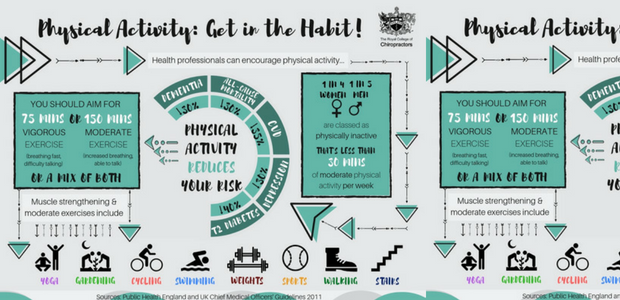An Extensive Analysis Of Cold Laser Therapy: Unraveling Its Mechanisms And Impact
An Extensive Analysis Of Cold Laser Therapy: Unraveling Its Mechanisms And Impact
Blog Article
Write-Up Author-Benson Pedersen
You may have come across cold laser therapy as an appealing therapy alternative for numerous problems, yet have you ever before questioned exactly how it in fact works with a mobile level? Understanding the devices behind this treatment can shed light on its performance in promoting recovery and decreasing inflammation. By exploring the science behind cold laser treatment, you'll acquire insights into the interesting methods which light can affect mobile procedures and promote tissue fixing.
Exactly How Cold Laser Therapy Works
To recognize exactly how cold laser treatment functions, you require to understand the basic principles of how light energy connects with organic cells. Cold laser treatment, likewise referred to as low-level laser treatment (LLLT), uses specific wavelengths of light to pass through the skin and target underlying cells. Unlike the intense lasers made use of in procedures, cold lasers emit reduced degrees of light that don't produce warmth or cause damages to the cells.
When these mild light waves get to the cells, they're absorbed by elements called chromophores, such as cytochrome c oxidase in mitochondria. This absorption activates a series of organic feedbacks, including boosted cellular power production and the launch of nitric oxide, which boosts blood circulation and reduces swelling.
Furthermore, the light energy can likewise boost the manufacturing of adenosine triphosphate (ATP), the power currency of cells, assisting in cellular repair service and regeneration processes.
Fundamentally, cold laser therapy takes advantage of the power of light energy to advertise healing and minimize pain in a non-invasive and mild manner.
Mechanisms of Action
Exactly how does cold laser therapy actually work to create its therapeutic impacts on organic cells?
Cold laser therapy, also known as low-level laser treatment (LLLT), runs via a procedure known as photobiomodulation. When the cold laser is applied to the skin, the light power penetrates the cells and is absorbed by chromophores within the cells.
These chromophores, such as cytochrome c oxidase in the mitochondria, are then promoted by the light power, bring about a cascade of biological responses. One crucial device of activity is the improvement of cellular metabolic process.
The absorbed light energy raises ATP production in the mitochondria, which is vital for cellular feature and repair service. Furthermore, related resource site to lower inflammation by inhibiting inflammatory moderators and advertising the release of anti-inflammatory cytokines.
This anti-inflammatory impact contributes to pain alleviation and cells healing.
Healing Results
Understanding the therapeutic effects of cold laser therapy includes acknowledging exactly how the enhanced cellular metabolism and anti-inflammatory buildings contribute to its positive results on organic tissues.
When weight loss stamford is put on the damaged location, it promotes the mitochondria within the cells, resulting in enhanced manufacturing of adenosine triphosphate (ATP), which is important for mobile function and repair service. This increase in cellular energy speeds up the recovery process by advertising cells regrowth and lowering swelling.
Furthermore, https://www.healthline.com/health/beauty-skin-care/co2-laser -inflammatory residential or commercial properties of cold laser therapy aid to reduce pain and swelling in the targeted area. By preventing inflammatory conciliators and advertising the release of anti-inflammatory cytokines, cold laser treatment aids in reducing pain and enhancing the general healing action.
This decrease in swelling not only provides prompt alleviation however also supports long-term cells repair service.
Conclusion
To conclude, cold laser therapy functions by stimulating cellular fixing and tissue regrowth via photobiomodulation. Its anti-inflammatory homes give pain alleviation and lower swelling by inhibiting inflammatory conciliators.
This therapy supplies an extensive approach to recovery, providing both instant alleviation and long-term tissue repair service benefits.
Through its devices of activity, cold laser treatment confirms to be an effective and promising therapy option for a selection of conditions.
